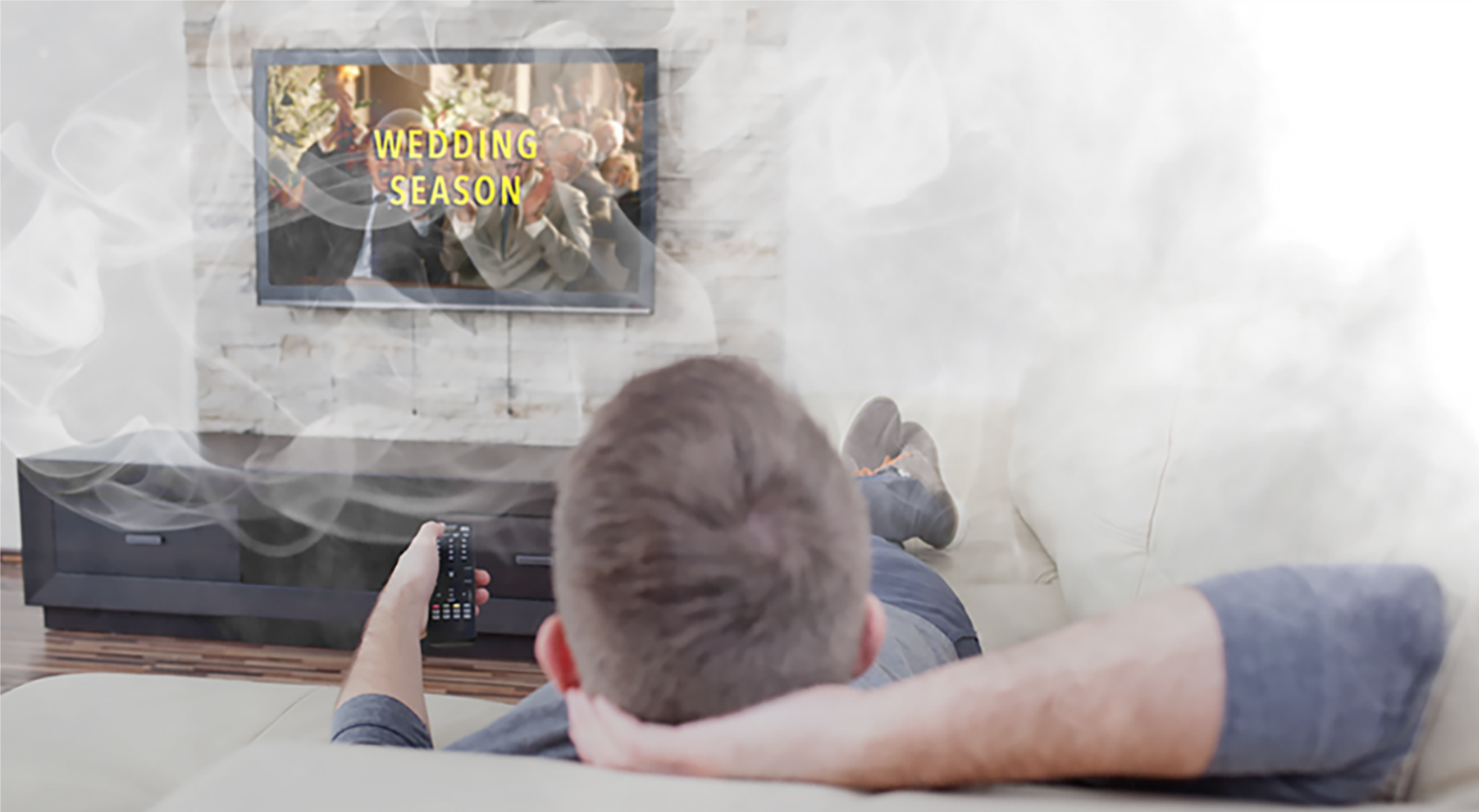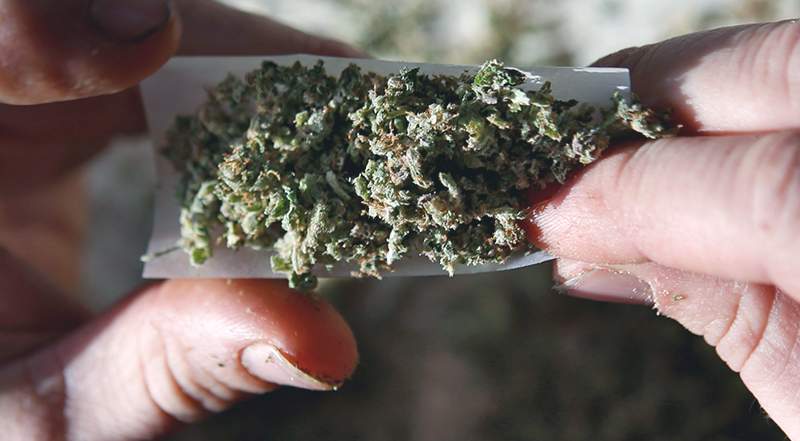Here’s another great reason to legalize weed: pot reform could decrease teen usage rates, if even by just a little.
A new study published Monday in JAMA Pediatrics looked at data taken from 1993 to 2017 from 1.4 million US high school students’ self-reported responses, conducted separately by the Youth Risk Behavior Surveys and the Centers for Disease Control.
In states with recreational marijuana, researchers discovered an 8 percent decrease among teens who said they smoked weed within the last 30 days along with a 9 percent decrease in frequent teen users who consumed at least 10 times within 30 days. No differences in teen use were found in medical-only states.
“Because our study is based on more policy variation than prior work, we view our estimates as the most credible to date in the literature,” Mark Anderson, PhD, an associate professor of economics at Montana State University and the study’s lead author, told CNN.
Why the drop in teen marijuana use after recreational laws were passed? Prohibitionists at organizations like Smart Approaches to Marijuana (SAM) have long claimed that legalization would lead to an increase in teen use, but the data suggests otherwise.
Dr. Bonnie Halpern-Felsher, a pediatrics professor at Stanford University who was not involved in the JAMA study, offered some insight: With fewer black marketeers slinging to kids, getting weed from licensed, highly-regulated dispensaries makes it more difficult for teens to access cannabis.
“Maybe now because of having legalization, you don’t have the street sales anymore,” she said to CNN. “So dispensaries, we would hope, would be better at carding and checking for age verification.”
However, teen use has increased nationwide, particularly in states that don’t have recreational weed programs. According to a recent American Journal of Public Health study, only 0.6 percent of teens reported smoking weed in 1991; by 2017, that rate jumped to 6.3 percent. Another study indicated that young Americans are ditching tobacco and booze for cannabis, while others show an uptick in vaping THC cartridges.
Dr. Halpern-Felsher suggested the nationwide increases could support the prohibitionists’ suspicions, that legalizing elsewhere sends a message to the youth in outlawed states that banging a bong isn’t all that bad.
Another newly published study showed that cannabis use among teens is complex, and researchers are only now beginning to recognize the nuances. The study, published in the Journal of Adolescent Health, found that high school seniors with jobs consumed cannabis at higher rates than unemployed seniors. And the more hours the seniors worked, the more weed they smoked.
Again, why the differences? The authors of the Adolescent Health study proposed that, just like working adults, working teens toked to deal with workplace stress (on top of the stresses of schooling, puberty, bullying, dating, and prepping for college applications). However, teen marijuana use decreased for working eighth and tenth graders, possibly because younger high schoolers typically work in “informal settings, such as babysitting,” whereas older high schoolers usually work in retail and customer service, they wrote.
All of the new teen use studies urged that America’s youth should receive more education regarding cannabis’s effects on memory formation and brain development. But considering that schools have been peddling those warnings for decades, maybe it’s time for some blunt, honest education about weed rather than the old rehashed fear mongering.
Follow Randy Robinson on Twitter











